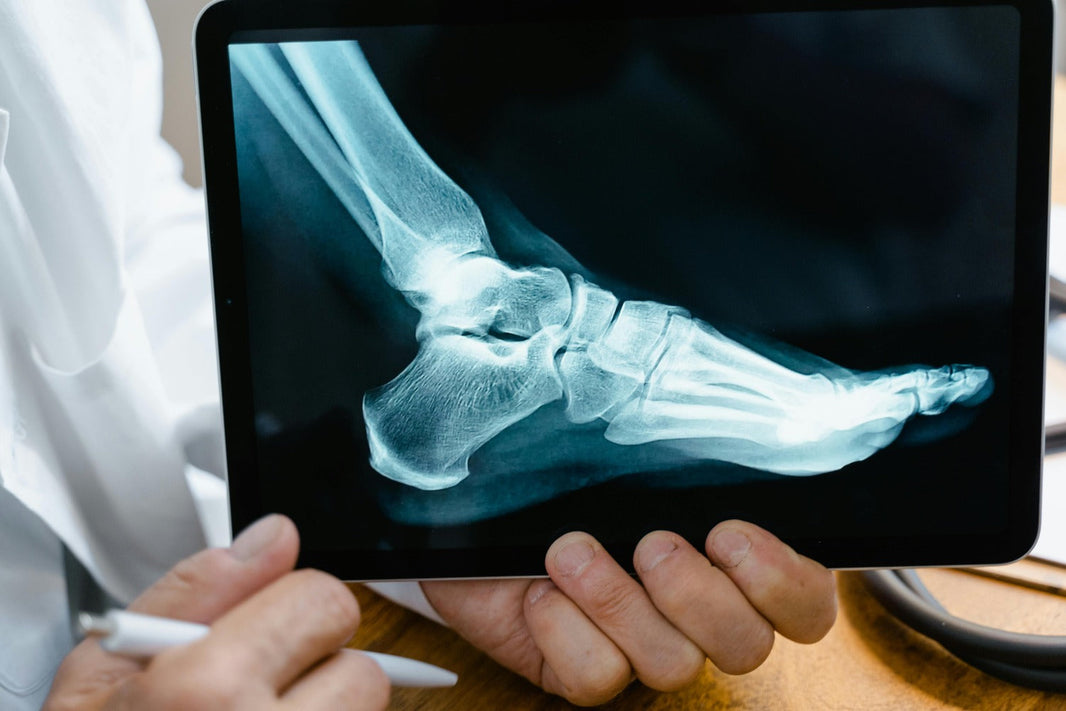Pain is an intense sensation that is difficult to define unless you are the one experiencing it. It can range from a minor sensation that occurs instantly when someone is hurt, such as a cut or a sprain, to more severe and persistent discomfort. Pain can be categorized into two main types: acute and chronic. Understanding these types is crucial in managing them effectively.
Acute Pain Management
Acute pain can be a result of any incident that happened to the body recently. It can remain for a day or two to 3 months. It can be triggered due to an injury, a disorder, or an underlying disease. In acute pain conditions, the pain is relieved after the root cause of the pain is treated or also when the body’s self-healing is kicked in. The primary purpose of any medication or alternative pain treatment is to provide instant and sustained pain relief in the most natural way possible.
Usually, the treatment for acute pain conditions is to reduce pain using analgesics such as paracetamol, diclofenac, NSAIDs such as aspirin, ibuprofen, and very few opioid drugs depending on the severity of the pain. The pain in acute conditions can stay only a day but still can be severe and unbearable. The alternative treatments can be physiotherapy, acupuncture, chiropractic therapy, sound therapy, TENS therapy, laser treatments, etc., which are not ideal for acute conditions because the progress of these alternative therapies can be seen after a few sessions of treatment.
Chronic Pain Management
Pain in chronic conditions can be present in the body that has been hurting for a while now. Injuries and diseases can also cause severe changes in the body that leave us sensitive to pain. Even when you are healed from the original injuries or diseases, sometimes the pain can stay. In case of any sprain or fracture, the issue may be healed but the pain can stay. People experience pain differently in chronic conditions, some may see pain as a symptom of an underlying disease, in the case of neurological pain/musculoskeletal pain. Some may not experience pain much until it becomes severe and unbearable. The treatment strategy for chronic pain is to provide a slow-acting, long-term, constant supply of medication that also treats the root cause of pain and decreases the relapse time.








